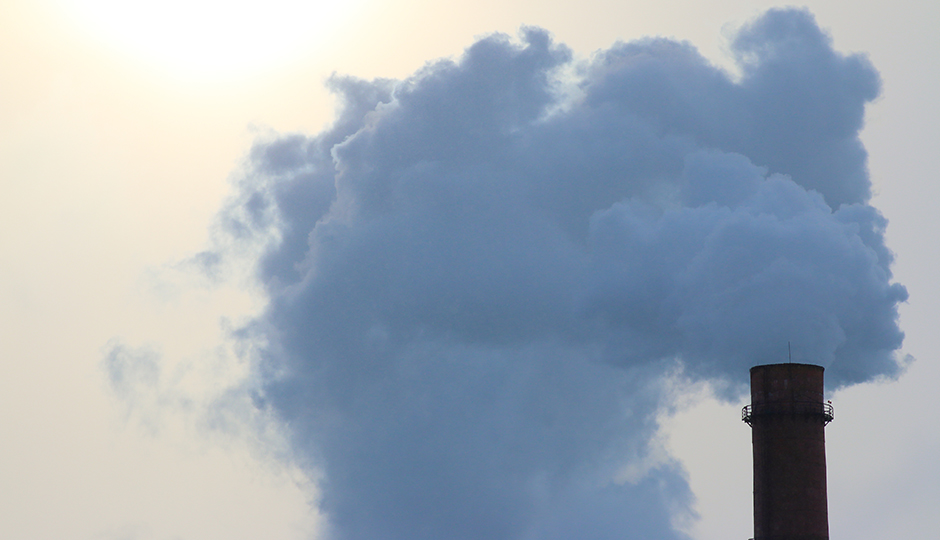Since the beginning of the industrial revolution atmospheric concentrations of carbon dioxide, a major component of greenhouse gases, have increased significantly. There have been many attempts aimed at capturing, sequestrating, and reducing carbon dioxide emissions, but they have not been very efficient and economical. In this work the objective is to develop a sustainable system to reduce the carbon dioxide emissions of industries.
Basically, in this method produced CO2 from industries is injected in to a stream of wastewater and then is bioconverted to methane as a biogas. Methane is produced based on the final step of anaerobic degradation in which methanogenic bacteria form methane from acetic acid or CO2 and hydrogen. Consequently, after wastewater pollutant degradation (that provides acetic acid and hydrogen), methane with high efficiency could be produced with addition of carbon dioxide in a highly sustainable process. A series of batch and continuous tests for carbon dioxide solubilization in wastewater was performed.
Although the capacity of wastewater in the absorption of CO2 was shown to be lower than that of conventional caustic solutions, wastewater has been proven to be an effective alternative to reducing CO2 emissions. Moreover, the dissolved CO2 could be subsequently pumped to bioreactors to undergo biological transformation, producing the energy-rich methane. To investigate the feasibility of removing CO2 by this method, a series of batch tests on pulp and paper wastewater and then continuous tests were performed. In order to optimize the conditions, the effect of different conditions such as pH (6.5 to 7.5), temperature (20 to 35ºC) on the efficiency of CO2 and COD removal and methane production were investigated.
The results for Kraft wastewater showed that CO2 removal efficiency was higher at lower pH values. At pH 5.5 and 6, the CO2 removal efficiency was more than 90% and the maximum CO2 removal occurred at pH 5.5 and 35ºC. Operating pH didn't show significant impact on COD removal, although higher COD reduction rates were achieved at lower pH values, higher temperature and in the presence of CO2 injection. Methane generation was more at higher pH values, especially between pH 7 and 7.5. Higher methane purity was also achieved at higher pH values. In case of CTMP wastewater, more than 90% purity was achieved at pH 7.5. Temperature had a significant impact on CH4 generation at all operating pH. Injection of CO2 had a positive impact in wastewater treatment and CH4 production, and in samples with CO2 injection more COD removal and methane generation were observed.
Therefore, carbon dioxide injection followed by anaerobic digestion is feasible for various types of pulp and paper wastewater. It enables reduction in carbon dioxide emissions and enhanced production of methane for energy purposes.
Chercheur principal : Catherine Mulligan, Université Concordia
Titre original : Biotransformation du gaz carbonique au méthane




